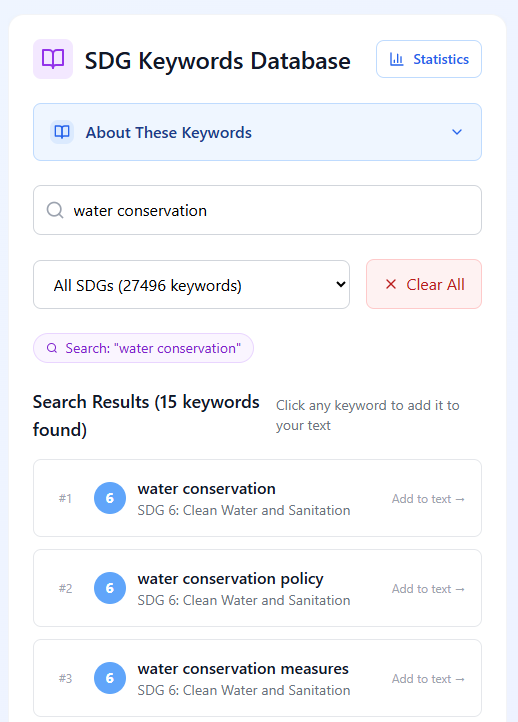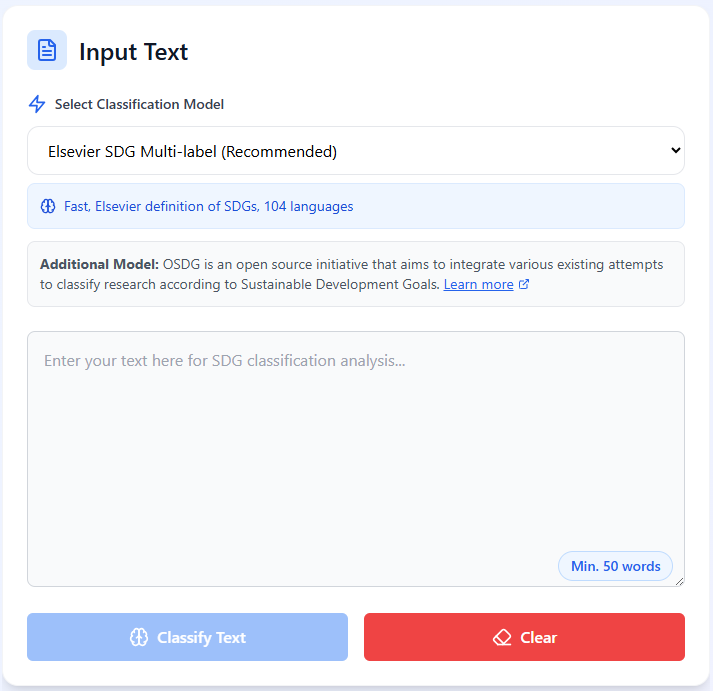Articles are published in journals.
Metrics measuring article impact include:
You can use different tools to track citation counts of a publication. Each tool has its own limitations, and no tool is perfect.
The following sections show you how to count citations using:
Scopus calculates the number of citations to a document from other documents within Scopus. This is shown in the right-hand column of the search results screen.
Example: Find the number of times an article is cited in other articles

The Times Cited count indicates the number of times a published paper was cited by other papers, including conference proceedings papers, book series, and other papers that are indexed in Web of Science.
Example 1: Basic Search


Example 2: Cited Reference Search (Recommended)
Cited Reference Search can be used for finding articles related to a particular article or author. It takes into account also faulty or incomplete references, and thus gives a search result with better coverage than that obtained by the Basic Search command, where the Times Cited function only returns faultless references.


You can perform a cited reference search in Google Scholar to find out how many articles cite a particular article. If you search for the article in Google Scholar, the "Cited by" count will be displayed under the search result.
Example: Find the number of times an article is cited in other articles (Cited by)



Altmetrics are metrics and qualitative data that are complementary to traditional, citation-based metrics. They can include citations on Wikipedia and in public policy documents, discussions on research blogs, mainstream media coverage, bookmarks on reference managers like Mendeley, and mentions on social networks such as Twitter, Facebook and Google+.
Example: Altmetrics in Scopus

Other Altmetrics Tools:
The SDG classifer helps researchers visualize how their work supports specific SDGs. It integrates two core features:
Two Ways to Use the Tool
The SDG Keywords Database is best used at the planning or writing stage.
You can:
Example:
If you search for “water conservation”, the database indicates links with SDG 6: Clean Water and Sanitation, along with related terms like “freshwater conservation” and “sustainable water conservation.”

If your abstract or summary is ready, use the SDG Classifier Tool:
This automated process uses keyword matching and semantic analysis to suggest potential SDG connections based on Aurora’s classification frameworks.
